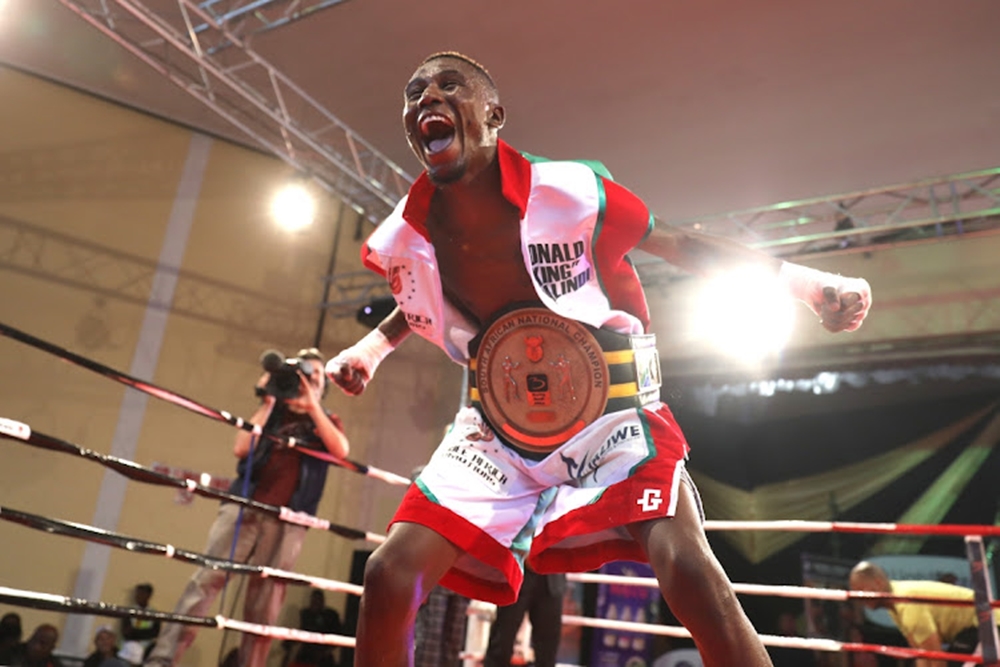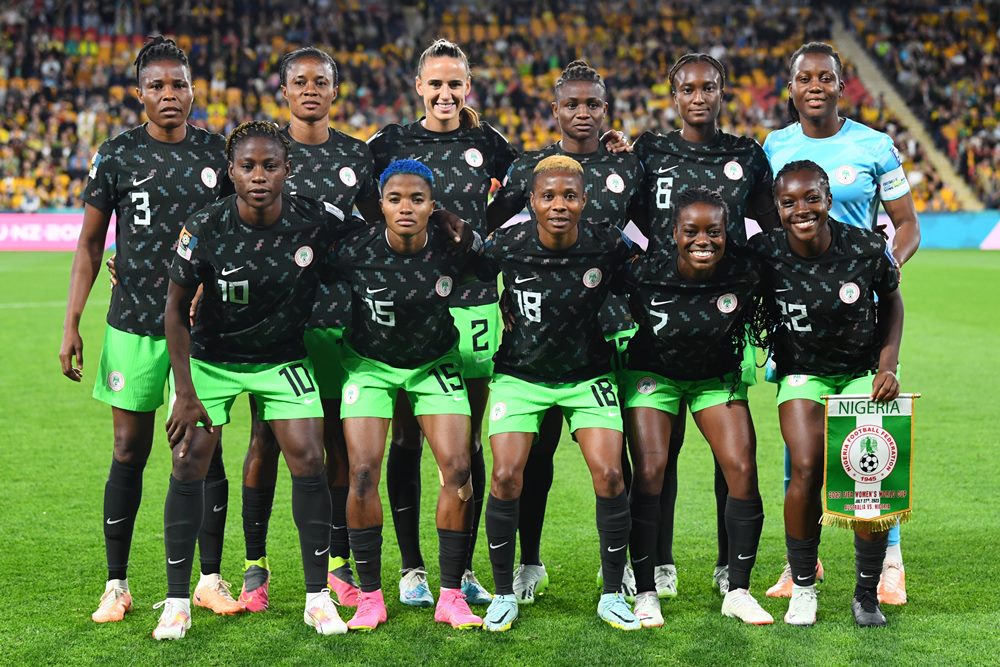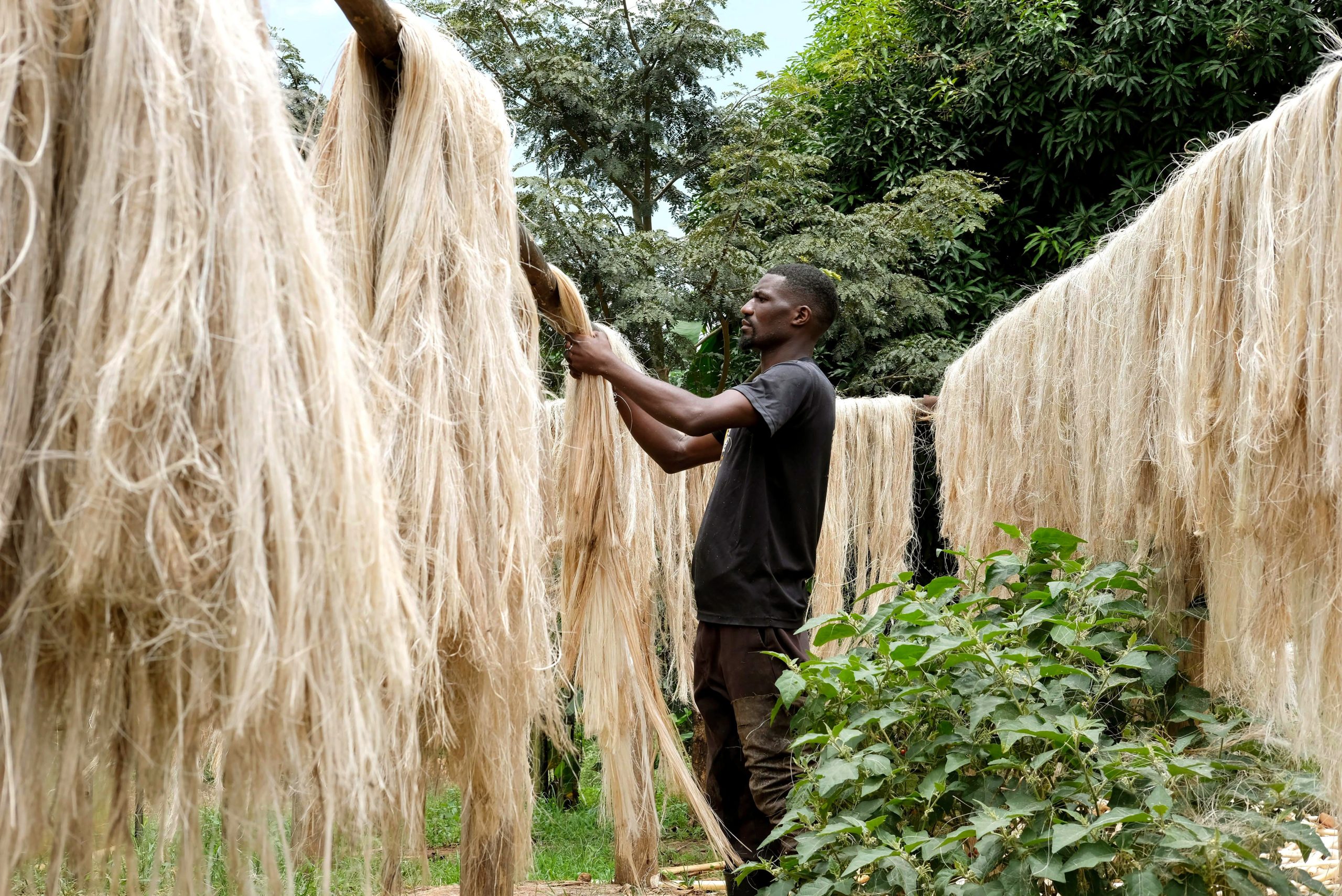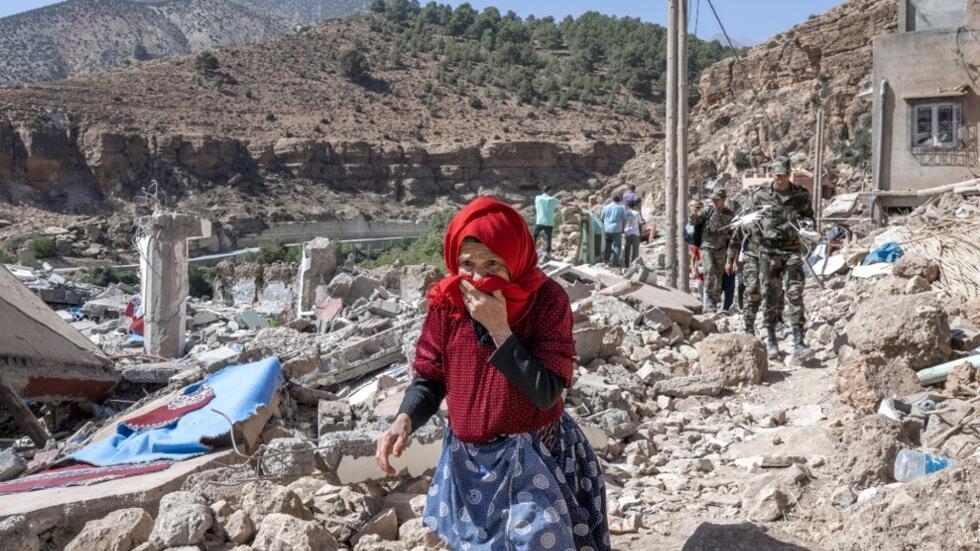In a highly anticipated match, Ireland showcased their dominance over Scotland as they secured an emphatic victory. Despite the bookmakers favouring Ireland, Scotland was fighting for their tournament survival while Ireland had already secured their spot in the quarter-finals of the World Cup.
Right from the start, Ireland asserted their superiority as James Lowe scored a try in the corner within the first 90 seconds of the game. Scotland launched a relentless attack on the Irish defence for 12 minutes but failed to convert their efforts into points, dispelling any notion that Ireland might be ready to concede the match.
Unfortunately for Scotland, their captain Jamie Ritchie was forced to leave the field due to severe pain and was unable to continue.
Ireland continued to assert their dominance, with fullback Hugo Keenan scoring their second try in the 25th minute. Five minutes later, Iain Henderson barged over the Scottish defence, extending Ireland’s lead to 19-0. Just before halftime, Keenan scored his second try, giving Ireland a commanding 26-0 lead.
Early in the second half, Scotland’s Ollie Smith was yellow-carded for tripping Johnny Sexton, and Ireland capitalised on the numerical advantage with Dan Sheehan scoring in the corner. Garry Ringrose added another try for Ireland shortly after.
With 15 minutes remaining, Scotland managed to salvage some pride with two quick tries from Ewan Ashman and Ali Price, bringing their total to 14 points. However, it was not enough to change the outcome of the match.
The resounding victory for Ireland, with six tries to Scotland’s two, solidifies their path towards the William Ellis Cup. While Scottish dreams are shattered, South African hopes remain alive, as the Springboks eagerly await their crucial upcoming matches in the tournament.
(Pictured above: Ireland taking on Scotland)








